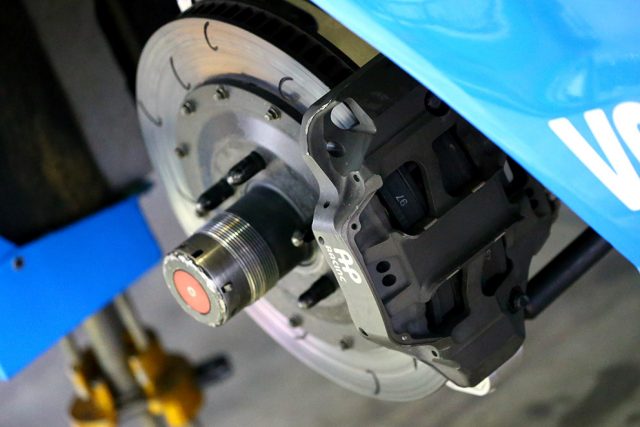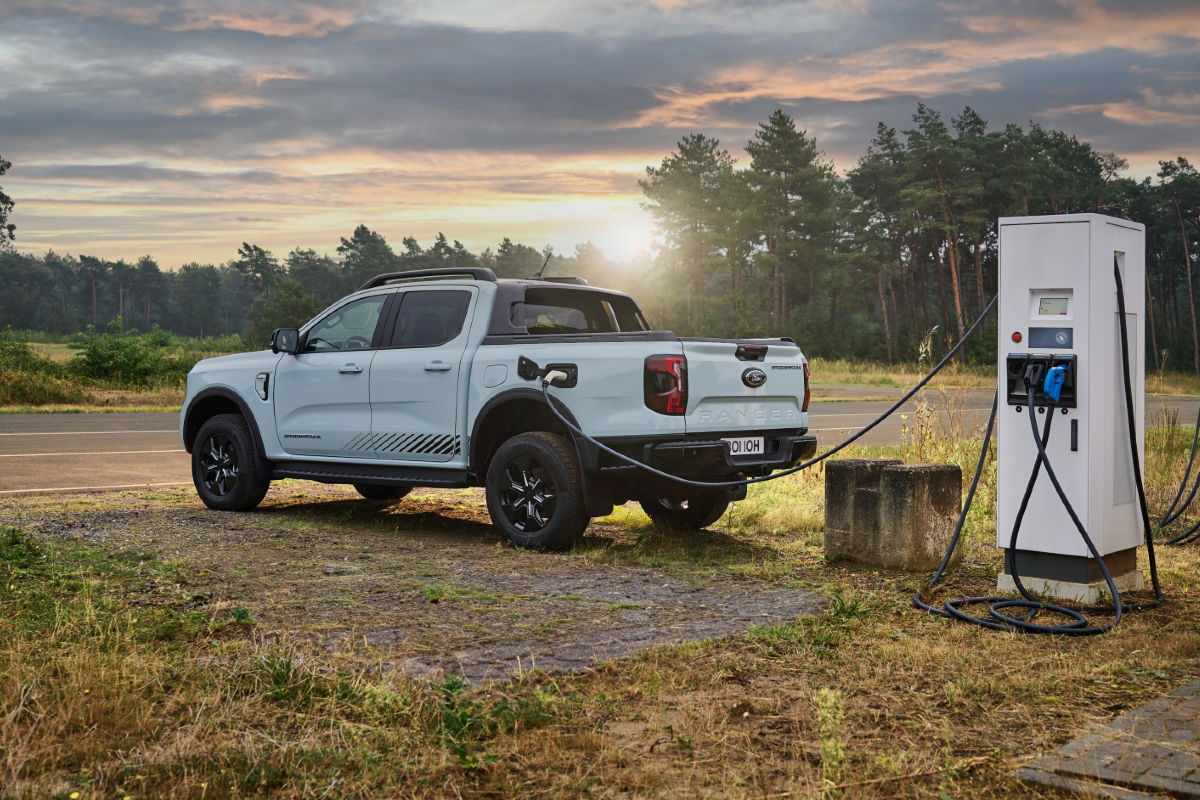
Supercars could move to a new standard brake disc following the Red Rooster Sydney SuperSprint with teams set to run a revised solution next weekend.
The new disc is primarily focussed on solving issues which were seen at last year’s Bathurst 1000, when a rotor failed and left Mark Winterbottom stranded in the gravel trap at the Chase.
Investigations with Prodrive following the event saw supplier AP Racing identify the issue, with work beginning to develop a new disc in time for this year’s race.
“We had an engineer at Bathurst last year and he went to Prodrive on the Monday after Bathurst to run through with the team,” AP Racing distributor Nicholas Bates told Speedcafe.com.
“It’s been a slow and silent process but there’s been a lot to look at, there’s been a lot of testing, and a lot of analysing.
“We tested parts at the Grand Prix that were related to this, and ever since it’s been an ongoing program with a planned introduction.”
The new disc features a reworked design which moves more of the mass onto the face of the disc, instead of the vanes, making it, in essence, less efficient.
This has the knock-on of retaining heat in the disc longer, which is hoped will provide greater braking performance and reliability – primarily at the Chase when Supercars get to Bathurst in October.
Aside from retaining heat longer, Bates doesn’t expect there to be other any side effect, with braking distances set to remain unchanged.
In fact, Bates suggests the change may help teams run their brakes longer, though suggests they’ll continue to change pads as normal during the course of the 1000-kilometre race.
“At Bathurst the distance is the issue,” he reasoned.
“Bathurst is a fairly unique place. Apart from the bottom, sure you do see a little bit of temperature, but generally, the challenge for Bathurst is keeping temperature in the brakes.
“It’s six or seven kilometres with three or four braking applications, as opposed to Symmons Plains where you’ve three even more significant braking applications in two kilometres, so it’s very easy on brakes, relatively.”
The new disc was tested by a number of cars during practice at the Watpac Townsville 400 last month, while Bates confirmed that selected cars across all manufacturers, and all wildcard entries, ran the disc for the entirety of last weekend’s Coates Hire Ipswich SuperSprint.
Feedback from those who’ve driven on the new disc has been non-existent, with the change effectively transparent to the performance of the car.
“There’s been no feedback from the drivers at all about the change,” Bates said.
“They’re subtle changes. We’re not really changing the overall temperature of the brakes, we’re moving it around on the disc.
“The disc face temperature remains very similar but the energy, braking energy, so the energy from the stop, has to be dissipated through the disc.
“So, you see the same disc face temperature and that will feed its way back through the pads the same way.”
Should next weekend’s Red Rooster Sydney SuperSprint go to plan, a final signoff is expected from Supercars, after which the disc will become the new standard for the category.
“That decision will be made post-Sydney, but we’re ready to go in either direction,” Bates confirmed.
“The plan is to run this disc, so this is like a final sign off. As long as everything goes well at Sydney, that’s the plan, the disc will be introduced.”





















Discussion about this post